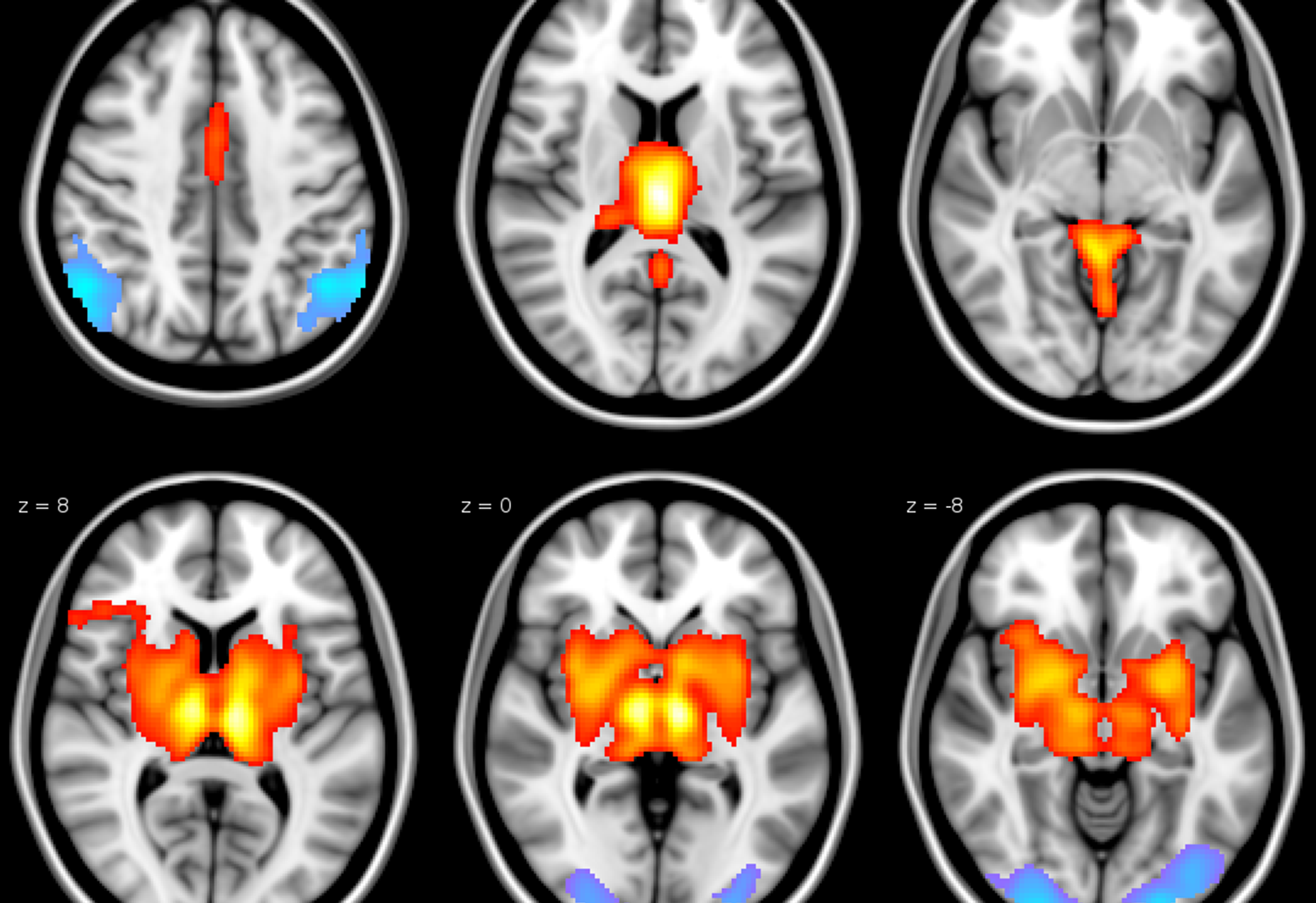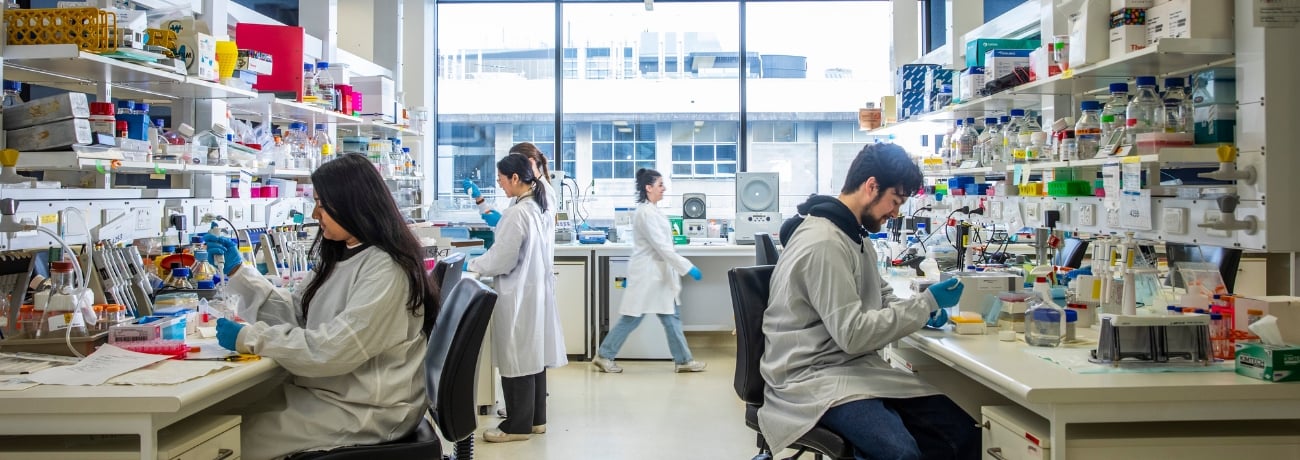
Funded by the Medical Research Future Fund’s Frontiers initiative, the world-leading project at The Florey has received $1 million to further develop magnetic resonance imaging (MRI) to reach a wider number of people who, until now, have not had access to the latest specialised care.
Epilepsy is the most common serious neurological disease in children, and finding the right medication is often a matter of ‘try it and see’.
“Over 60 million people worldwide live with epilepsy. Of these, 30 per cent are resistant to drug treatments, and 80 per cent are not suited for surgical intervention,” says Professor Graeme Jackson, a Deputy Director of The Florey and a professorial fellow of The University of Melbourne.
This is where advanced imaging plays a significant role. The Precision Medicine for Epilepsy project led by Professor Jackson, a neurologist, will use advanced neuroimaging with artificial intelligence prediction to transform the management of epilepsy, reducing clinical uncertainty and leading to earlier decisions and better selection of effective treatments.
“Advancing care for people living with epilepsy will take a team effort. I’m delighted to be bringing together brain imaging, neuroscientists, clinicians, advocacy groups and government to provide better health outcomes for people who experience epilepsy,”
– Professor Jackson.
Immediate outcomes and benefits:
- For the first time, a robust and widely supported plan will enable many more Australians to access high-quality and novel advanced brain imaging that until now, has been available to just a few. Imaging data and other tests across the spectrum of epilepsies will be collected in clinical trial settings.
- An education push will ensure that clinicians and community support groups will be made aware of the new possibilities for access to advanced imaging, genetics and neuropsychological testing.
- An expanded, coordinated epilepsy patient recruitment network for neuroimaging will be coordinated by The Florey’s imaging team and will leverage the infrastructure of the National Imaging Facility.
Collaboration with Australian and international leaders in epilepsy, neuropsychological testing and genetic testing are expected to combine in a new and powerful way to dramatically improve the lives of people living with epilepsy.
Professor Jackson and his team are world-renowned for advanced imaging techniques, which, among many achievements, minimise the risks for patients undergoing surgery to stop epileptic seizures. The quality and details of their MRI images allow neurosurgeons to precisely identify and remove critical small areas of brain tissue that will cure their epilepsy. This minimises the patient’s risk of losing speech, movement and other essential skills.
It is anticipated that the project will eventually:
- Provide accurate diagnostic and prognostic tools enabling rapid, optimised targeted treatment for individual patients
- Remove the uncertainty that many patients currently experience, by enabling accurate provision of early and accurate advice regarding prognosis and treatment options
- Prevent delays and ineffective treatment of epilepsy, which currently is associated with repeated brain-damaging seizures, cognitive decline, and excess epilepsy-related deaths
- Prevent unnecessary side effects from use of ineffective medications and inadequate brain surgeries
- Provide new targets for treatment of treatment-resistant epilepsies.
About the Florey’s epilepsy research:
- The Florey is home to a team of 40 medical researchers dedicated to understanding the full spectrum of epilepsies with a particular emphasis on very young children. They look into the causes of genetic epilepsies, design and test new medications, and study large populations in an effort to test their discoveries in the lab.
- The Florey’s imaging team creates detailed images of the brain to reveal electrical activity and guide surgeons in theatre when surgical intervention is possible.
- Dravet syndrome is a particular focus of the Florey team. Children affected by this genetic dysfunction of the brain experience severe developmental disabilities and rely on a range of specialists and combinations of ineffective medications to limit the impact of this devastating disease. Our scientists hope that by identifying and targeting the effects of the underlying mutations, they will make a meaningful difference to these children’s lives.
The MRFF Frontiers initiative falls under the $1.3 billion National Health and Medical Industry Growth Plan. The aim is to transform healthcare and stimulate growth in national medical technologies, as well as in the biomedical and pharmaceutical sectors.
